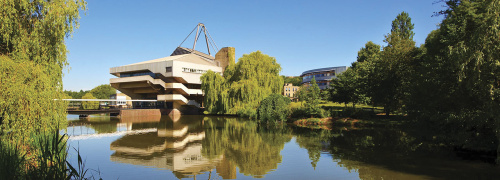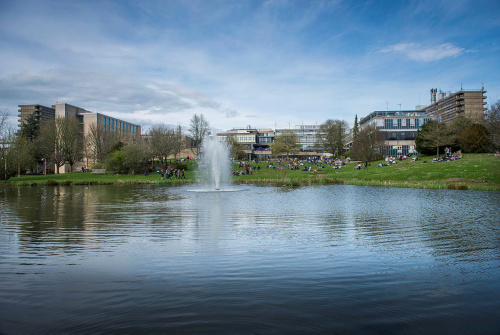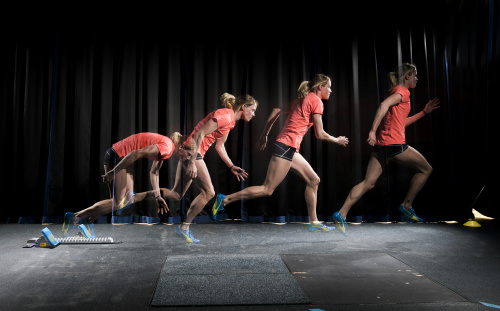From high speed film and optical light tracings to wearable technologies, computer vision and big data analytics: the evolution of Australia’s first sports biomechanics laboratory
Events

Dr Jacqueline Alderson will be visiting the Department for Health from the University of Western Australia on Thursday 22nd June 2017. As part of the Department Seminar series, Jacqueline will be presenting: ‘From high speed film and optical light tracings to wearable technologies, computer vision and big data analytics: the evolution of Australia’s first sports biomechanics laboratory’.
Thursday 22nd June, 12.15pm
Room 1W 2.01
Abstract
In the mid 1970s, the University of Western Australia (UWA) established Australia’s very first sports biomechanics laboratory. While that same room today serves endless pints to hordes of students following a 1980s transformation into the guild tavern, the lab’s inaugural study used optical light tracing techniques to quantify the kinematics of treadmill running. It wasn’t long before the team outgrew their early accommodations and the University saw fit to purpose build a sports biomechanics facility that has now nurtured >60 biomechanics PhD students to completion. Research topics have been as novel as they have been varied; from remediating Dennis Lillee’s back injury, reducing Pat Rafters shoulder loads, assessing the first swim suits for FINA, 20 years of cricket illegal action testing, to establishing some of the world’s first ACL injury testing and prevention programmes. Field hockey players, footballers of all codes, gymnasts, rowers, pole vaulters, cellists, violinists, ostriches, lizards, Cirque du Soleil performers, triathletes, cyclists, ballerinas and pole dancers, have all been modelled and analysed across the years, however, the ongoing challenge for any institution is to remain relevant and at the forefront of the field.
With that primary focus, this talk will provide an overview of the current directions of the UWA sports biomechanics group that includes; establishing a big data motion capture repository to leverage emerging artificial intelligence techniques, the integration of 3D body scanning, medical imaging and wearable technologies to create multi-modal athlete-specific digital profiles, and lastly, why we see the creation of a single bioengineering, computer vision and data science team as a critical element to our future success.
Biography
Associate Professor Jacqueline Alderson has been a member of faculty at the University of Western Australia since 2002. She teaches in the both the undergraduate and graduate curriculums though maintains a strong research focus having supervised; 36 honours (thesis), 4 masters and 16 doctoral students to completion. Jacqueline currently supervises a further 11 PhD and 3 honours candidates in the sport, clinical and occupational biomechanics domains. She has authored/co-authored 100+ peer reviewed text books, book chapters, research papers and conference proceedings in the areas of sports performance, sports injury prevention and biomechanical modelling. She is a fellow and former director of the International Society of Biomechanics in Sport and an associate editor of that society’s journal. Jacqueline has an extensive community and industry engagement portfolio that includes biomechanical consultancy /grant funding of > $2 million AUD from groups such as; the Australian Research Council, Australian Institute of sport and their state based affiliates, Cricket Australia, Swimming Australia, International cricket Council, Indian Premier League, Hockey Australia, New Zealand Accident Compensation Corporation (SportSmart Review) and the Australian Automotive Cooperative Research Centre. A regular invited and keynote conference speaker, Jacqueline currently leads research teams in the areas of wearable and markerless technologies, and artificial intelligence/big data analytics in sport.









